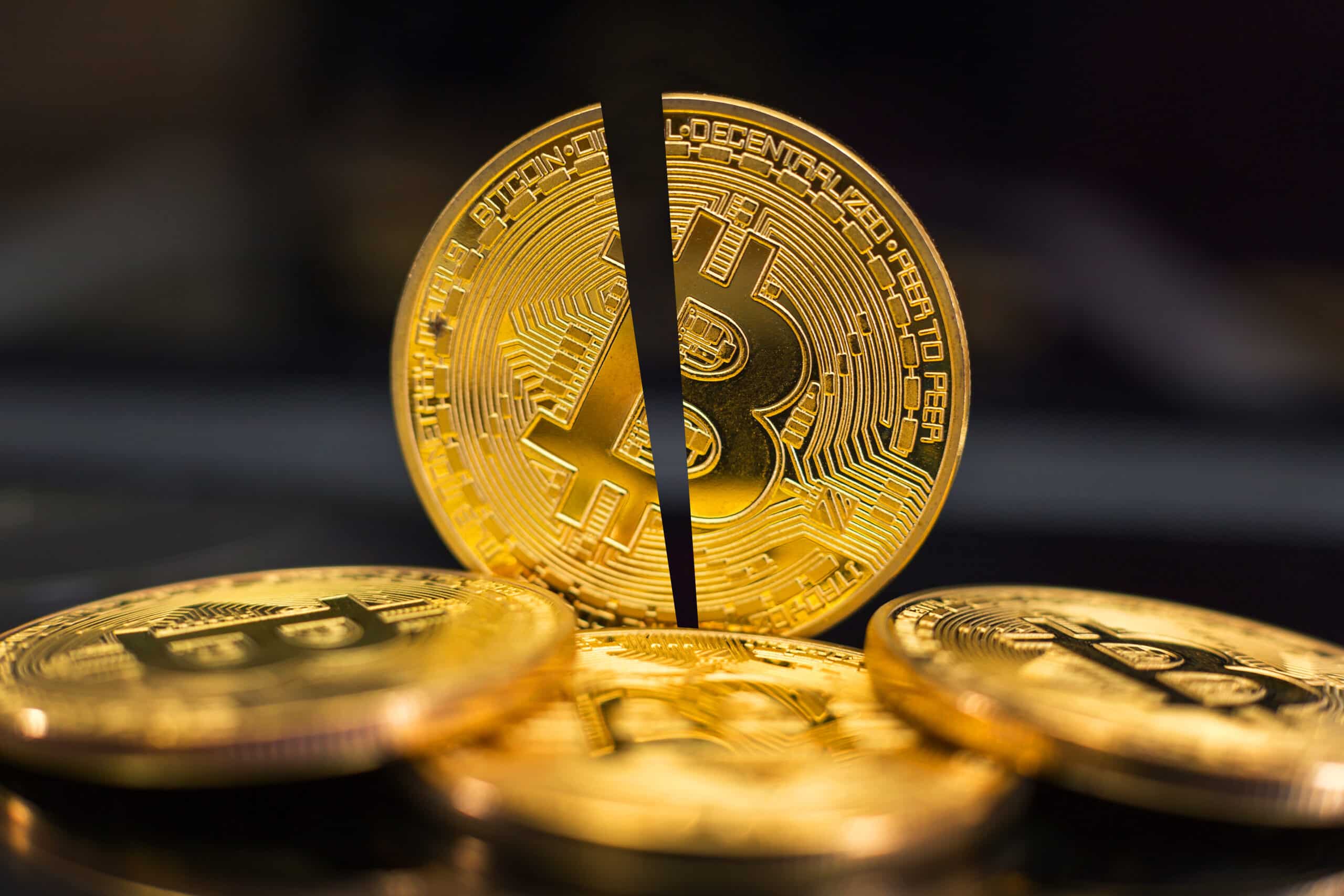Every four years, the Bitcoin network is designed to cut the mining rewards in half for the creation of new blocks, essentially halving the creation of new tokens to control the supply and prevent inflation. The halving events usually turn attention to the potential financial impact on miners. However, the April 2024 halving is arriving amid some unique conditions that could offset the lost rewards.
Miners have prepared for the halving in advance, raising funds through equity and debt issuances and selling off their bitcoin reserves. One example is Core Scientific, a bitcoin miner exiting the bankruptcy it filed for in December 2022 just after the collapse of FTX. The Austin, TX company recently completed a $55 million equity rights offering.
“Economically, you can think of halving events as naturally reoccurring catalysts for miners to cut costs and improve efficiency,” Ben Gagnon, chief mining officer at publicly-traded miner Bitfarms, said in an email to Unchained. Bitfarms announced a fleet upgrade of T21 mining machines last November that could increase efficiency by more than 30%.
The lost rewards will likely hit miners with higher power costs the hardest.
“Higher cost miners will likely be distressed, based on their input costs driven primarily by the cost of power (generally being ~80% of the cost of operations),” said Taras Kulyk, founder and CEO of SunnySide Digital, a provider of data center hardware and infrastructure for mining facilities. He predicts that the number of mining companies may shrink as a result of the halving. “If the economy stays robust, M&A will be a major theme as the sector consolidates and matures.”
How This Halving is Different
“It is important to note a rise in the price of Bitcoin, or an increase in fees, can partially or totally offset the impact of the halving,” Steven Lubka, head of private clients and family services at Swan Bitcoin, said in an email to Unchained.
Crypto asset management giant Grayscale released a report last week explaining why the 2024 halving was different from past events. The firm expects the financial impact to be partially offset by the improved market conditions following the U.S. regulatory approval of spot bitcoin exchange-traded funds. The ETFs began trading on Jan. 11 and brought in more than $1.5 billion in net inflows in their first 15 days of trading, “absorbing nearly the equivalent of three months’ worth of potential post-halving sell pressure,” wrote Grayscale researcher Michael Zhao.
Analysts also see the transaction fees miners receive from Ordinals inscriptions as a mitigating influence on the halving. Ordinals, launched in Jan. 2023, essentially allow non-fungible tokens (NFTs) like videos and images to be inscribed directly onto the Bitcoin chain. More than 59 million NFT collectibles have been inscribed and over $200 million in transaction fees have been generated for miners as of this month, according to Grayscale.
“With the ongoing technology development surrounding Bitcoin, I see persistent increased usage of new L2 offerings and adoption of Ordinals. Transaction fees may rapidly become the main source of economic compensation for digital miners,” said Kulyk.



